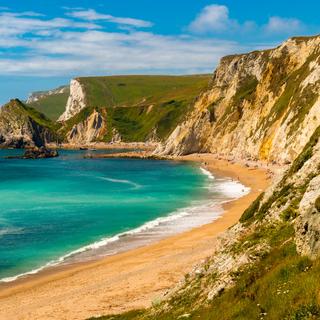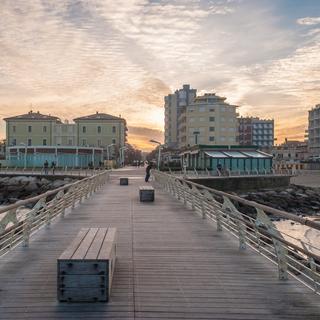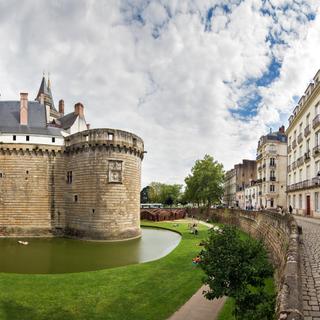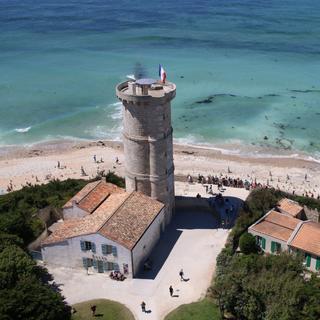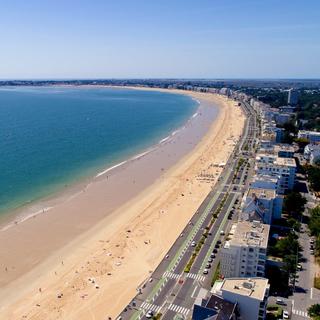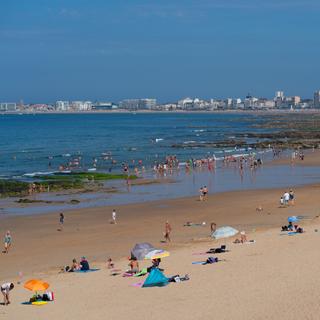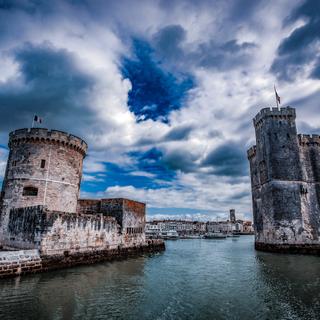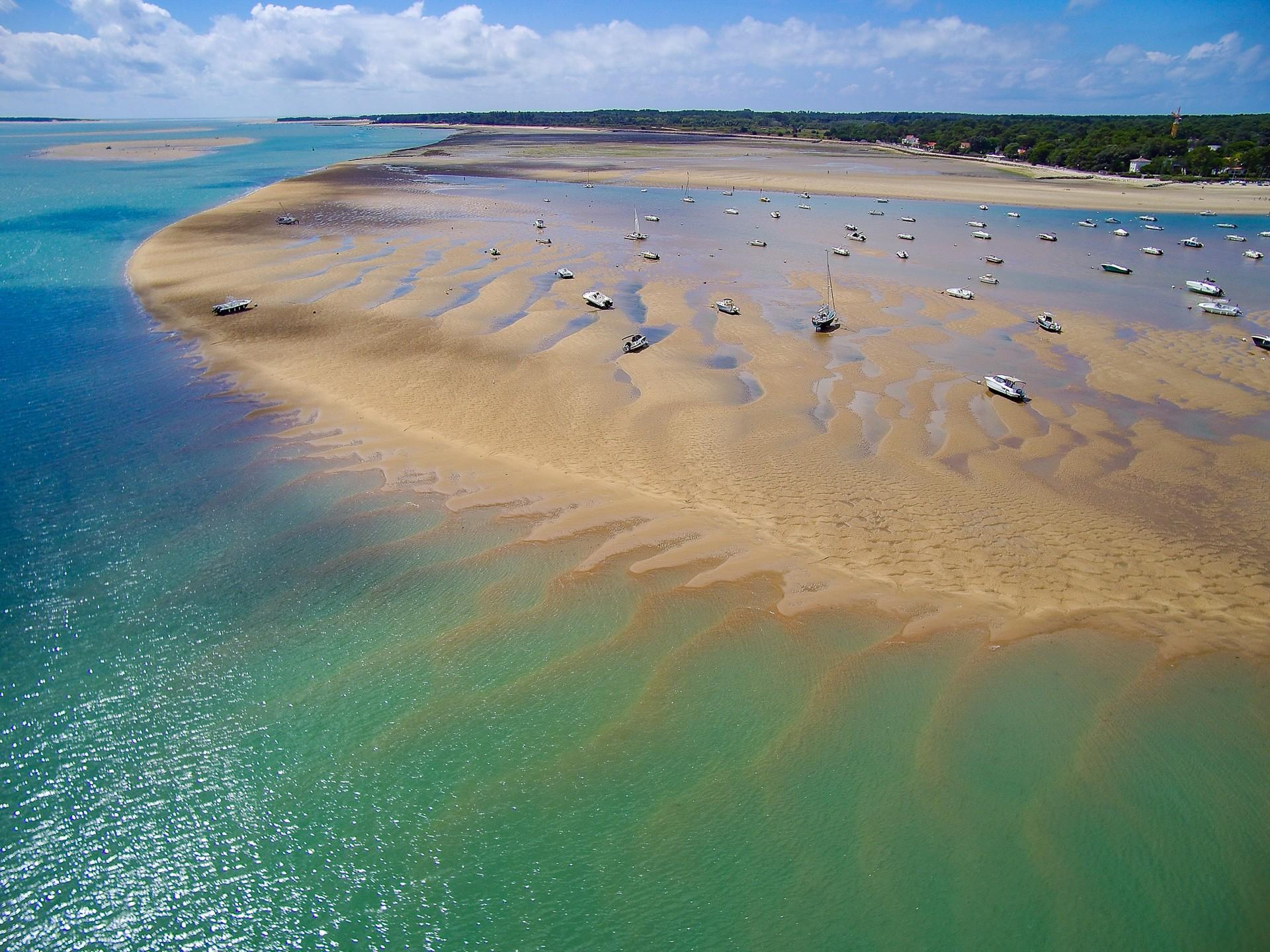
Île d'Oléron weather and climate

Île d'Oléron weather and climate
Day
24 °C
Night
16 °C
Sea
19 °C
Precipitation
37 mm
in month
Rainy days
7 days
in month
Daylight
15 hours
average
Sunshine
9 hours
average
Humidity
75 %
Weather charts for Île d'Oléron

Find more destinations like this
Destinations with similar weather to Île d'Oléron
Other destinations in West France
Closest cities for Île d'Oléron
Weather overview for Île d'Oléron
Weather overview
The delightful Île d'Oléron, nestled on the west coast of France, enjoys a temperate maritime climate, with a notable variation in temperature throughout the year. A closer analysis reveals that daytime temperatures fluctuate between a cool 10 °C (49 °F) in the chill of January to a warm and inviting 25 °C (76 °F) in the sultry month of August. As for precipitation, July stands out as the driest month, receiving mere 7 days of rainfall, contrasting sharply with December, the month with the most precipitation, totaling 14 days. When it comes to the warmth of the sea, bathers can enjoy the highest sea temperatures reaching 20 °C (68 °F) in August, while the bracing chill sets in by February with readings dipping to a nippy 10 °C (50 °F). Nighttime in Île d'Oléron sees its highest temperatures in July, averaging 16 °C (61 °F), but drops to a brisk 4 °C (39 °F) in the heart of winter.
January weather
In January, Île d'Oléron's sea temperatures continue their downward trend, registering a cool 11 °C (51 °F). This month also brings the lowest daytime temperatures of the year alongside a significant reduction in rainfall, noted at 82 mm (3.21 in). Nighttime cold is at its peak now, while windy conditions prevail, reaching speeds up to 6 m/s. Minimal sunshine is available, barely reaching an average of 3 hours per day.
February weather
With the advent of February, there’s a hint of a warm-up as the average daytime temperature slightly increases to 11 °C (51 °F), marking the beginning of milder days. The sea temperature, however, registers a minimum of 10 °C (50 °F) in Île d'Oléron. As the number of wet days begins to decrease to 11 days, rainfall continues to reduce, now standing at 61 mm (2.40 in). Increased sunlight hours begin to make their presence felt, clocking in at 4 hours.
March weather
March sees the continuation of a warming trend with daily temperatures averaging 14 °C (58 °F). The gradual increase in sea temperatures is also discernible, now averaging 10 °C (51 °F). The rainfall remains on the decline with 55 mm (2.15 in) being the norm, and the number of rainy days continues to abate, now tallying 10 days. Night temperatures gently increase to 6 °C (43 °F), and there's a noticeable uptick in sunny hours, now at 5 hours.
April weather
April showcases a more pronounced increase in daytime warmth with averages hitting 16 °C (61 °F), and this warming effect is echoed in the rising sea temperature, now measured at 12 °C (54 °F). The amount of rainy days begins to climb, shown by 11 days in this period, while rain volume also starts to ascend to 62 mm (2.42 in). The nights grow warmer at 8 °C (46 °F), and sunny hours proliferate, reflected in the average of 7 hours per day.
May weather
As May unfolds, the temperate narrative of Île d'Oléron continues with the daytime mercury rising to 20 °C (67 °F), while sea surface temperatures follow suit, reaching 15 °C (58 °F). The trend in rainfall presents a decline, now at 55 mm (2.18 in). Extended periods of sunlight are observed with the average sunny hours increasing to 7 hours, and the comfort of the night is enhanced with warmer temperatures averaging 11 °C (52 °F).
June weather
June's arrival heralds further increments in warmth, both on land with an average daytime temperature of 23 °C (73 °F), and at sea, where temperatures climb to 17 °C (63 °F). Rainfall continues on its retreat, registering 42 mm (1.66 in), and the number of wet days also diminishes to 8 days. Increased night warmth is evident, resting at an average of 14 °C (57 °F), and the sunny hours grow, now standing at 9 hours.
July weather
July, the heart of the tourist season, bathes Île d'Oléron in warmth, with both the air and sea temperatures at their annual zenith, with averages of 24 °C (76 °F) and 19 °C (67 °F), respectively. The occurrence of rainfall hits a yearly low with only 7 days, and precipitation is at its scantiest. Maximum sunny hours are also recorded during this month, averaging 9 hours per day, while the night sky maintains its warmth at 16 °C (61 °F).
August weather
August, holding the mantle for peak temperatures, showcases the zenith of the day's heat at a stable 25 °C (76 °F) and the sea's warmth at a high of 20 °C (68 °F). The end of the dry season is signalled by the start of a decline in sunlight hours, yet the average remains at a generous 8 hours. The wind also takes a respite, calming down to a gentle 4 m/s.
September weather
September continues to enjoy the remnants of summer warmth with an average daytime temperature of 22 °C (72 °F), whilst the sea begins to cool, registering 19 °C (66 °F). The rate of rainfall starts to increase with 61 mm (2.39 in), and the number of rainy days rises to 9 days. Evening temperatures start their decline, marking the average at 11 °C (52 °F), and sunlight availability decreases, now averaging 7 hours.
October weather
With the arrival of October, a marked drop in temperatures becomes apparent. Daytime averages withdraw to 19 °C (66 °F), while the sea responds to the change in seasons, cooling to 17 °C (62 °F). The increase in wet days is reflected in 12 days, and the rainfall volume continues to mount, currently at 92 mm (3.62 in). Nighttime temperatures also descend alongside reduced exposure to sunshine, now at 5 hours per day.
November weather
November sees a further downturn in Île d'Oléron's climate, with the sea temperature experiencing a notable decline to 14 °C (58 °F), and the daily temperatures following suit, averaging 13 °C (55 °F). The ascent in rainy days continues, registering 13 days, while rainfall hits its annual peak at 96 mm (3.77 in). Evening chill deepens, now setting in at an average of 7 °C (45 °F), and the daylight hours wane, with an average of 3 hours of sun.
December weather
December brings the year full circle back to chillier days. The sea, now averaging 12 °C (54 °F), dissuades most from ocean dips, while land temperatures ease down to 10 °C (50 °F). The maximum number of wet days is reached with 14 days, yet rainfall begins to diminish from previous highs. The shortest day length of the year is pronounced, clocking in at 9 hours, and night temperatures fall to a colder average of 5 °C (40 °F).
FAQs
How does the sea temperature in Île d'Oléron during January compare to other months?
The sea temperature in Île d'Oléron for January stands at a chilly 11 °C (51 °F), which is among the coldest readings observed across the year.
Does February mark the commencement of warmer days in Île d'Oléron?
Indeed, Île d'Oléron begins to witness a subtle rise in daytime temperatures during February, reaching an average of 11 °C (51 °F).
Is the increase in sea temperature in March noticeable in Île d'Oléron?
March in Île d'Oléron is marked by a slight but distinct rise in sea temperatures, recording an average of 10 °C (51 °F)
How does the sea temperature in Île d'Oléron for April compare to the previous month?
April's sea temperature in Île d'Oléron shows a significant warming, reaching 12 °C (54 °F), compared to March's cooler readings.
Is there a significant rise in daytime temperatures during May in Île d'Oléron?
Certainly, May in Île d'Oléron marks a notable surge in daytime warmth, with temperatures averaging around 20 °C (67 °F)
What characterizes June's weather in Île d'Oléron in terms of sea temperatures?
June's sea temperature in Île d'Oléron warms up nicely to a pleasant 17 °C (63 °F), heralding the onset of beach-friendly weather.
How does the minimal rainfall in July affect the tourist season in Île d'Oléron?
The negligible amount of rainfall in July, tallying just 7 days, contributes to an ideal setting for tourism in Île d'Oléron, with mostly sunny and clear days.
Can you describe the change in the weather pattern in August in Île d'Oléron?
In August, Île d'Oléron experiences the warmest period of the year with fewer windy conditions, signaling an upcoming shift in the weather pattern.
Does the sea temperature in September in Île d'Oléron remain warm enough for swimming?
The sea temperature in Île d'Oléron during September remains inviting at 19 °C (66 °F), still suitable for swimming for most individuals.
How does the cooler sea temperature in October affect outdoor activities in Île d'Oléron?
With October's cooler sea temperatures of 17 °C (62 °F) in Île d'Oléron, water-based activities might become less appealing for some.
Is November considered a wet month in Île d'Oléron?
November in Île d'Oléron is indeed wet, with an increase in both rainfall and the number of rainy days to 13 days
How does the chilly sea temperature in December influence outdoor water activities in Île d'Oléron?
December's cooler sea temperature of 12 °C (54 °F) in Île d'Oléron greatly discourages outdoor water activities due to its less than inviting chill.

